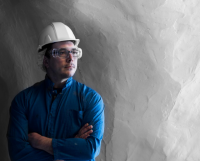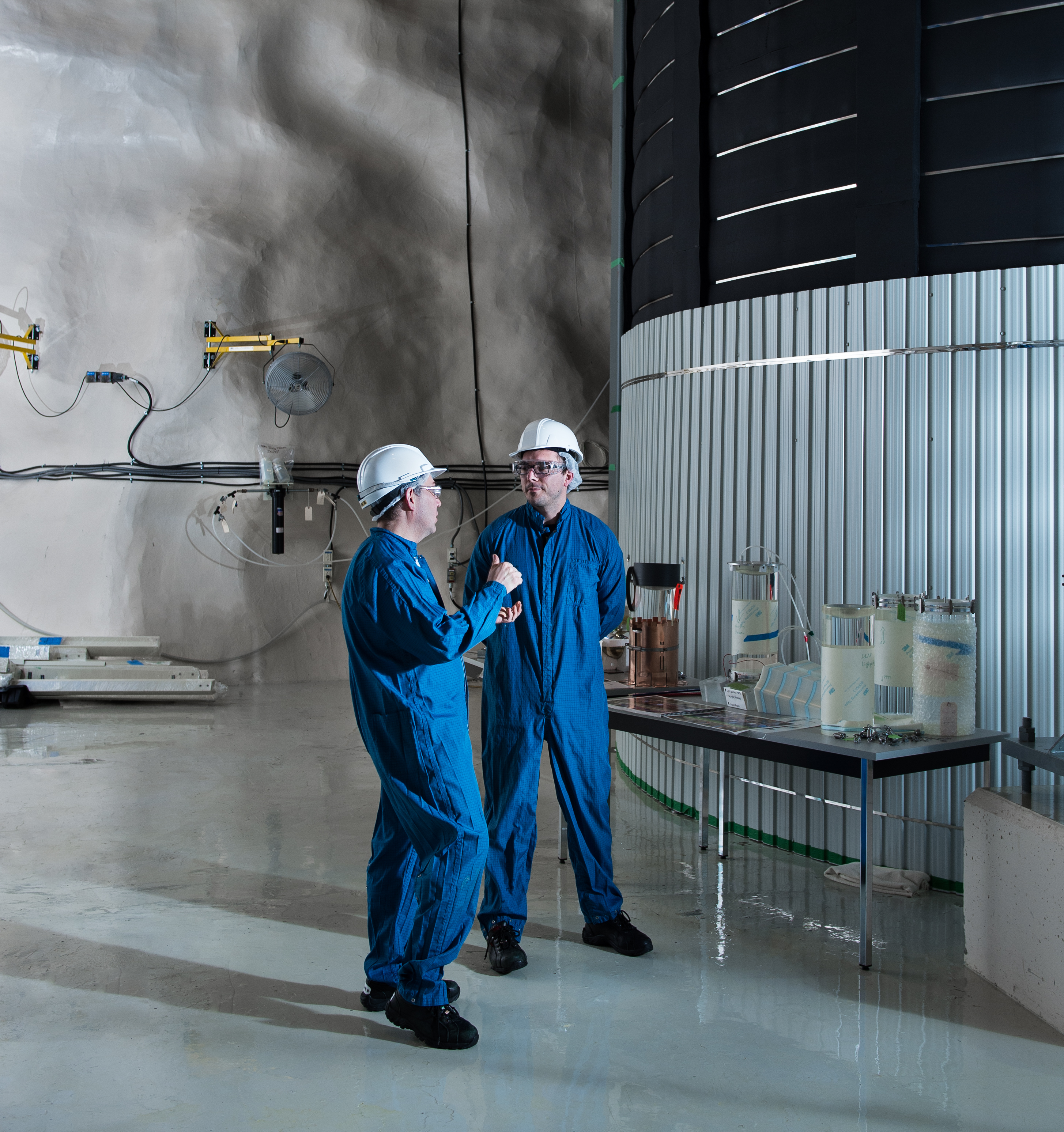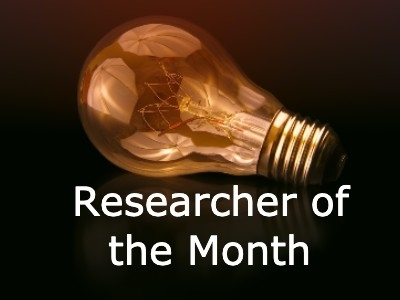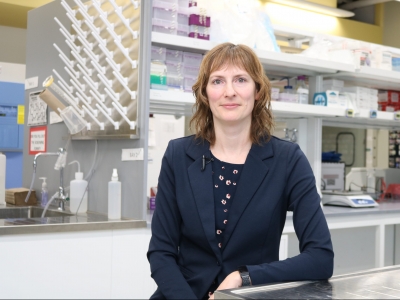 While working as a physicist for Canadian Nuclear Laboratories Ltd. (formerly Atomic Energy of Canada Ltd), Andrew Erlandson decided the time was right to return to school.
While working as a physicist for Canadian Nuclear Laboratories Ltd. (formerly Atomic Energy of Canada Ltd), Andrew Erlandson decided the time was right to return to school.
His employer was not only willing to pay for his PhD but also allow him to spend eight months a year at Carleton to carry out his research. During the summer months, he returns to Chalk River to work on various CNL projects but still gets to work on his PhD research in his free time.
Carleton was a natural choice to do his PhD, “as I’ve worked with faculty in the Physics Department previously and I’ve had very good experiences. Carleton’s reputation in experimental high energy physics is world renowned and the DEAP project I am working on will contribute to that.”
DEAP RESEARCH
Erlandson was delighted to join Carleton Prof. Mark Boulay’s DEAP team.“Mark has been an excellent supervisor and he’s provided valuable guidance. He allows his students to attack problems in their own way which encourages one’s growth as a scientist.”

Mark Boulay and Andrew Erlandson at SNOLAB.
Boulay, who is also the Canada Research Chair in Particle Astrophysics and Subatomic Physics, and his colleagues, including Erlandson, just released the results of their first dark matter search. The DEAP-3600 detector is the largest dark matter detector of its kind in the world, employing a novel technique of using only scintillation light in liquid argon – light generated when a particle interacts with an argon nucleus.
Explains Erlandson: “The recent results from DEAP are significant because they demonstrate that liquid argon detectors will perform just as well, and in some cases better, than their xenon counterparts.”
The initial result of the research also demonstrates the lowest level ever achieved of background radon, one of the most troublesome backgrounds in dark matter searches. Using over three tonnes of argon in the search for dark matter, the recent result demonstrates the power of the new technique. A paper detailing the initial results of the project can be found online.
THE SEARCH FOR ELUSIVE DARK MATTER
Erlandson says that, ultimately, the DEAP project is attempting to detect particles of mysterious dark matter that permeate the universe.
“This is important because it will help us understand what the majority of the mass in the universe really is. It could also lead to hints at physics beyond the standard model which could be the gateway to understanding the universe and our place in it more completely.”
RESEARCH DOWN UNDER
SNOLAB, where this research is being conducted and the DEAP-3600 detector is located two kilometres underground in a working mine in Sudbury. Erlandson fondly remembers the first time he went down in a mining cage.
“It was like the elevator ride up the CN tower (only ~four times the distance) and in the opposite direction. It’s like travelling to another world. SNOLAB was also an amazing contrast to its surroundings. Going from an active mine to one of the cleanest physics labs in the world was incredible. Not to mention the significance of the research that started SNOLAB in the first place.”

The research team will also be using a new facility being developed at Carleton to pursue the use of leading-edge materials and the development of new techniques in the search of dark matter.
With this detector, the sensitivity for dark matter can be improved and may enable the discovery of particles that account for most of the matter in our universe, but so far have remained invisible. DEAP-3600 will continue to collect data at SNOLAB until 2020, when its ultimate sensitivity is reached.
To find out more about Carleton’s PhD in Physics, please click here.
Wednesday, August 2, 2017 in News, Research
Share: Twitter, Facebook



